Phases of the Moon
Live Phase of the Moon
The moon, Earth's natural satellite, has captivated humanity for millennia. Its ever-changing appearance in the night sky has inspired myths, legends, and scientific inquiry. One of the most fascinating aspects of the moon is its cycle of phases, which repeat approximately every 29.5 days. Understanding these phases can deepen our appreciation of the celestial dance happening above us.
The Lunar Cycle
The lunar cycle, commonly known as the "phases of the moon," refers to the recurring changes in the moon's appearance as viewed from Earth. These changes result from the relative positions of the sun, Earth, and moon.
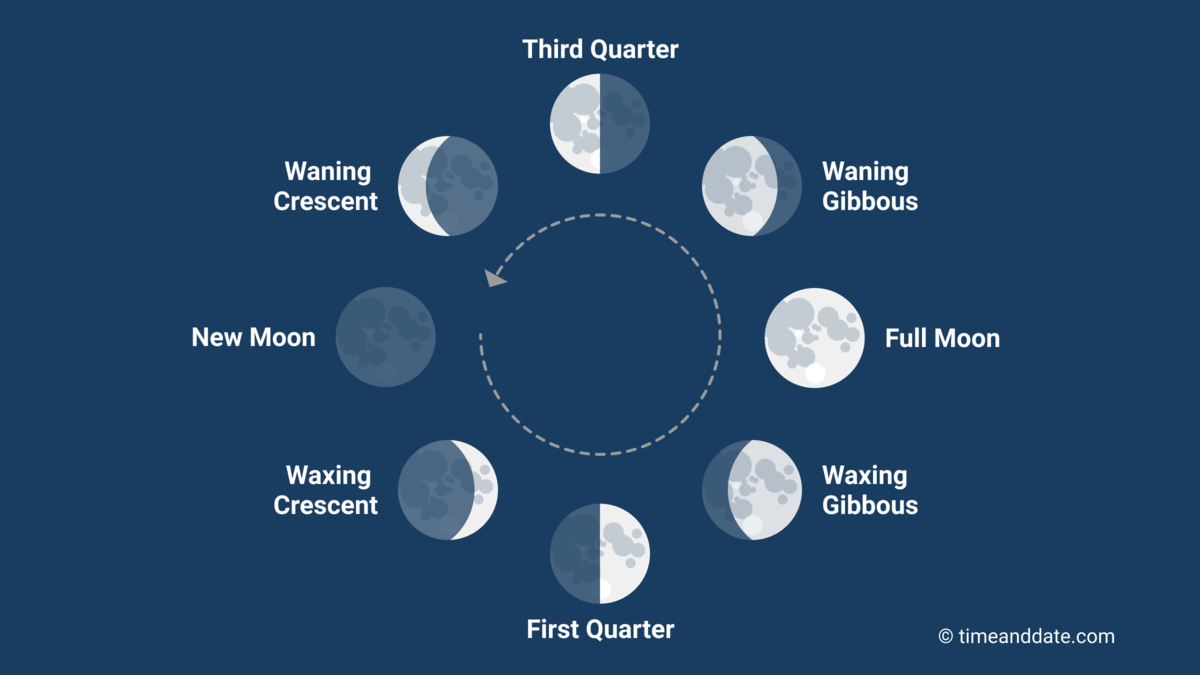
New Moon
The lunar cycle begins with the new moon phase. During this phase, the moon is positioned between the Earth and the sun, with its illuminated side facing away from Earth. As a result, the moon appears dark or invisible from our perspective.
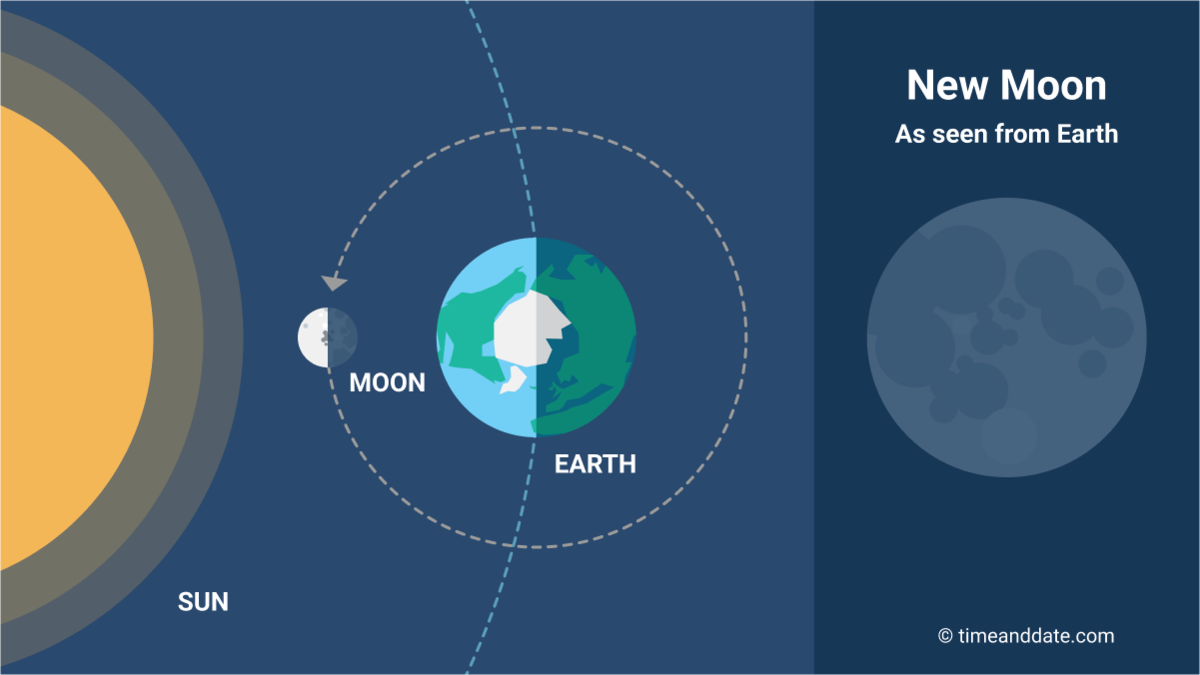
Waxing Crescent
Following the new moon, a small sliver of the moon becomes visible, marking the beginning of the waxing crescent phase. This crescent shape gradually expands as more of the moon's surface becomes illuminated by the sun.
First Quarter
When the moon has completed roughly one-quarter of its orbit around Earth, it enters the first quarter phase. During this phase, half of the moon's visible surface is illuminated, resembling a half-moon in the sky.
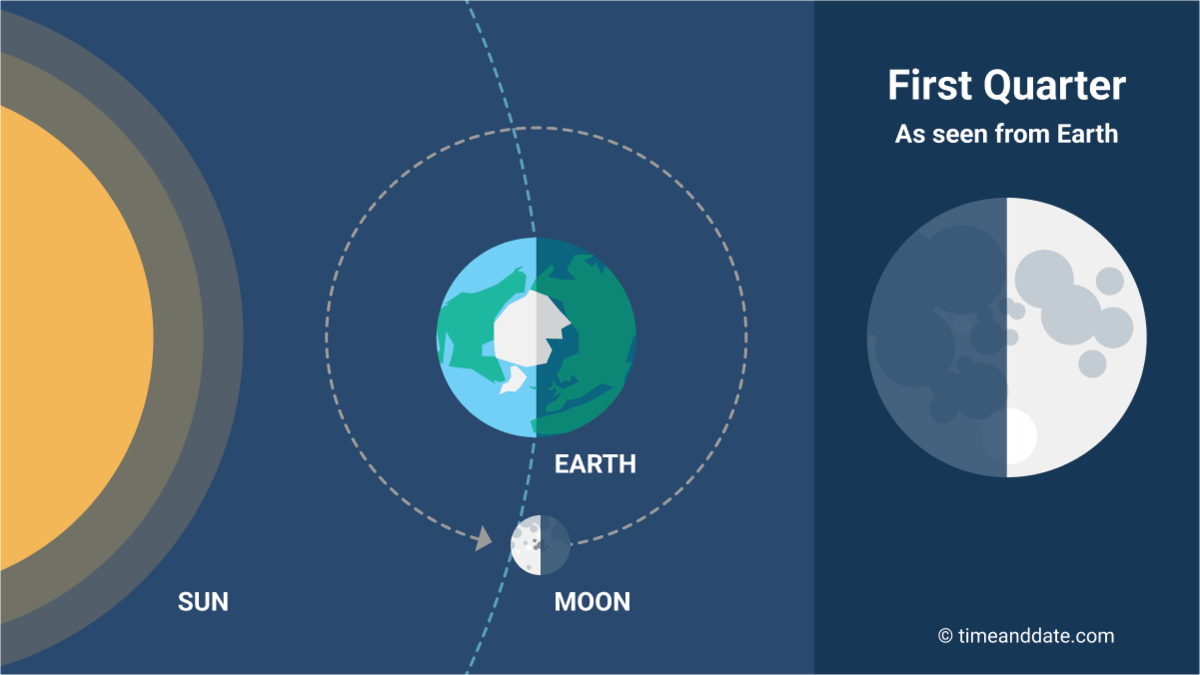
Waxing Gibbous
After the first quarter, the illuminated portion of the moon continues to grow, leading to the waxing gibbous phase. During this phase, the moon appears more than half illuminated but not yet full.
Full Moon
The full moon phase occurs when the moon is on the opposite side of Earth from the sun, with its entire illuminated surface visible from our vantage point. Full moons are often associated with myths, folklore, and cultural traditions.
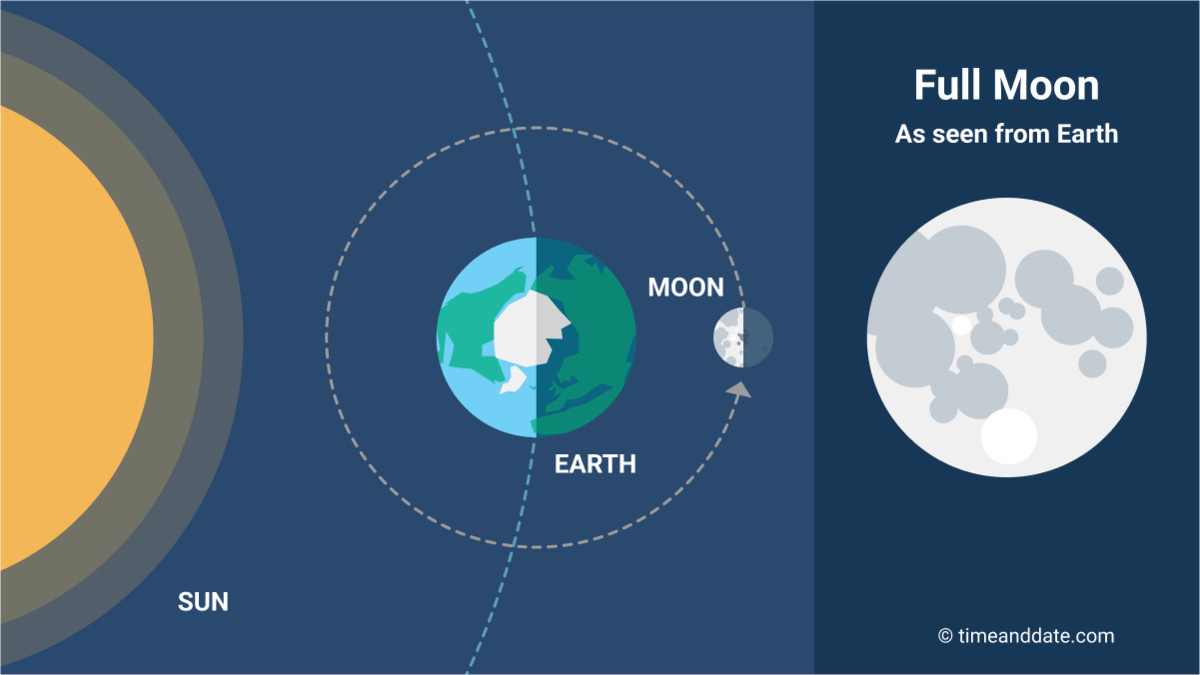
Waning Gibbous
As the moon progresses past the full moon phase, it enters the waning gibbous phase. During this phase, the illuminated portion of the moon begins to decrease, appearing as a shrinking gibbous shape in the sky.
Third Quarter
The third quarter phase occurs when the moon has completed three-quarters of its orbit around Earth. Half of the moon's visible surface is illuminated, but this time, the opposite half from the first quarter phase.
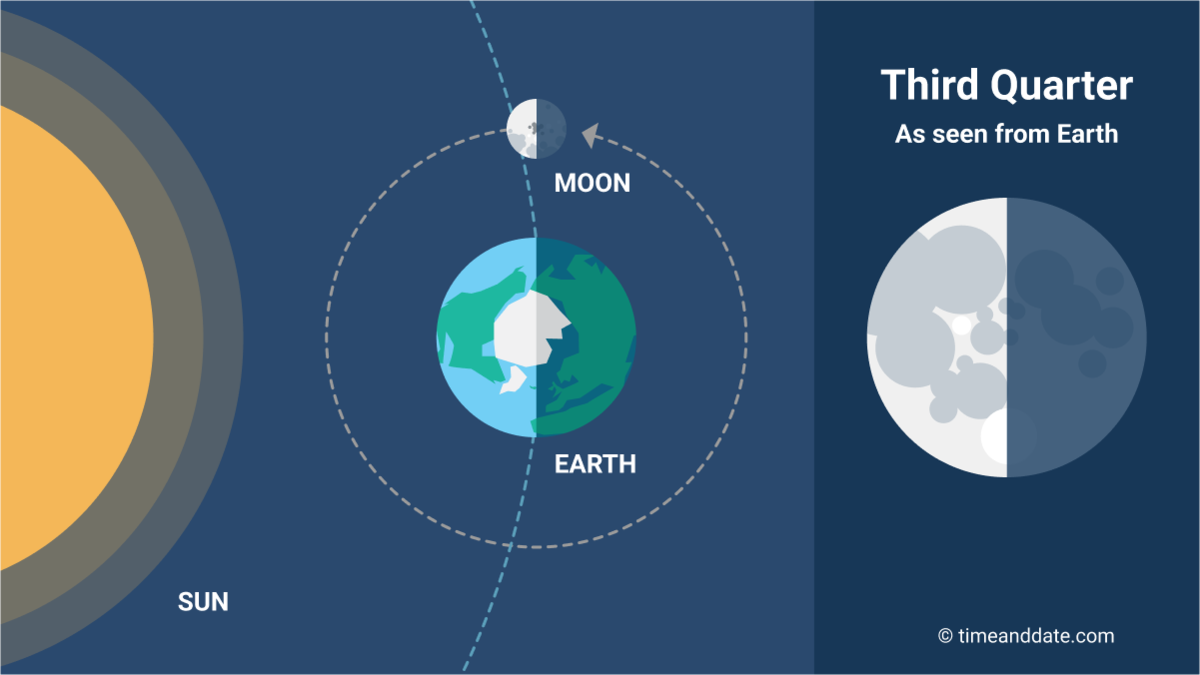
Waning Crescent
The waning crescent phase marks the final stage of the lunar cycle before returning to the new moon phase. During this phase, only a small sliver of the moon is visible, gradually diminishing until it becomes dark once again.
Summary
The phases of the moon offer a captivating glimpse into the celestial mechanics at play in our solar system. From the dark new moon to the radiant full moon and back again, each phase represents a unique stage in the moon's orbit around Earth. By understanding these phases, we can better appreciate the beauty and wonder of our nearest cosmic neighbor.